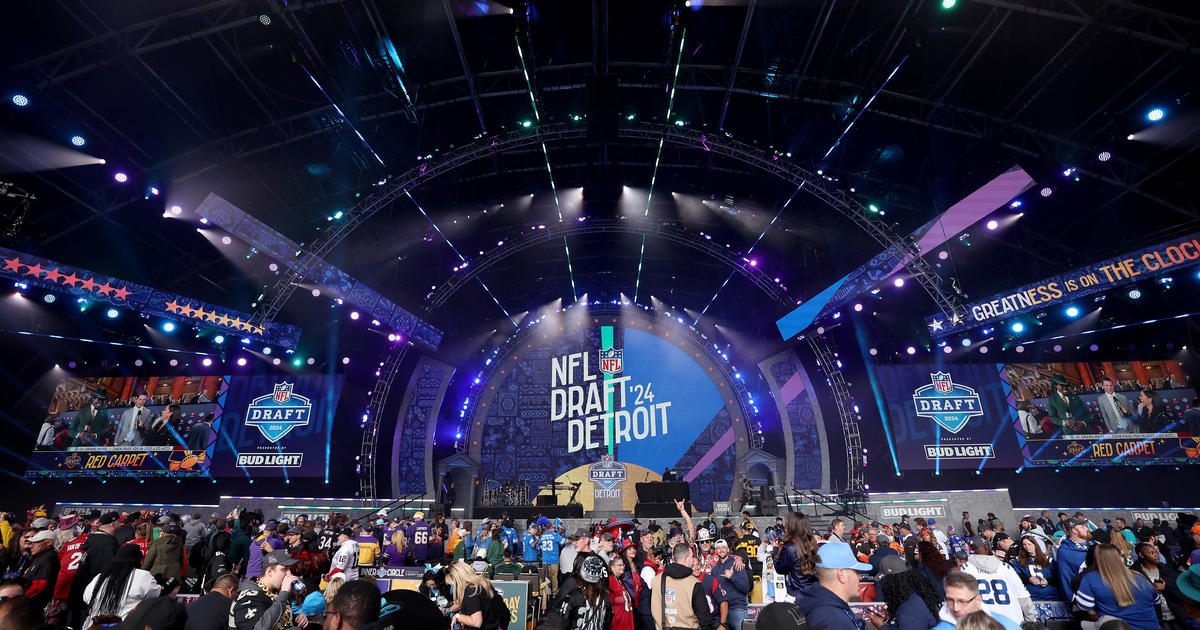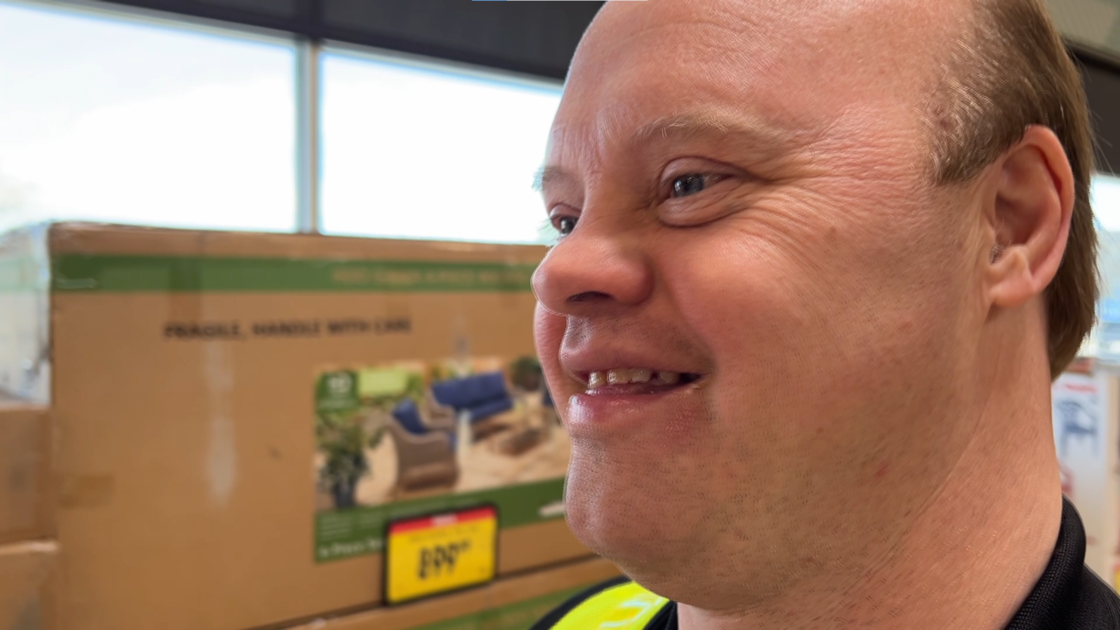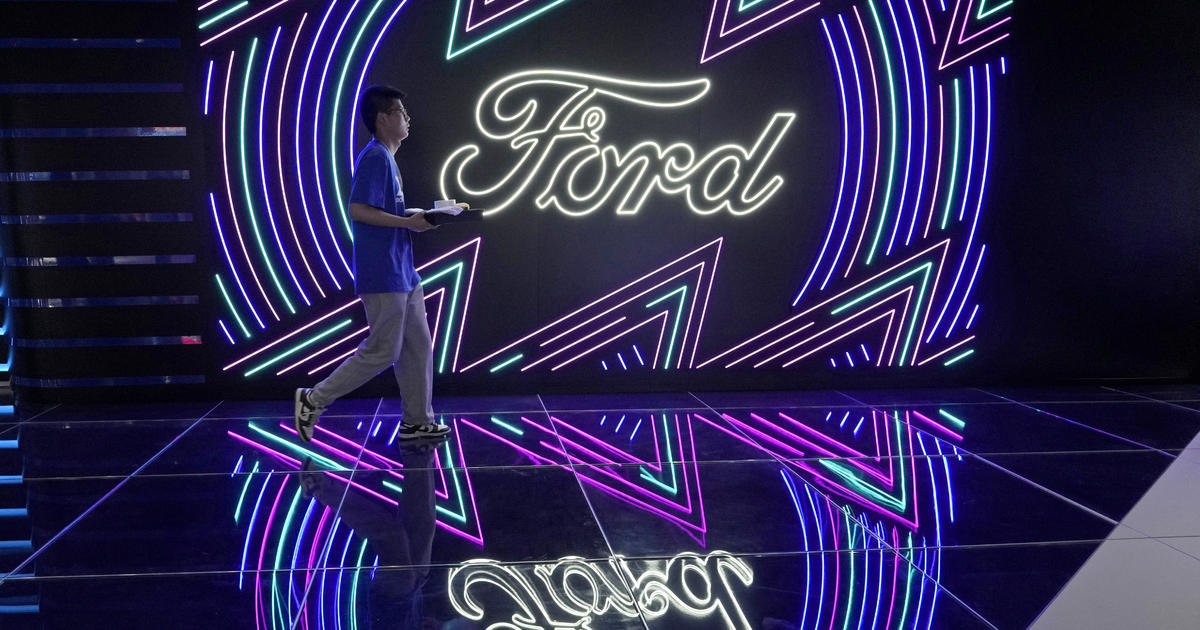Ford's Lighting Lab Replicates The Full Day To Test Glare
Flip a switch in a Ford lab, and you've just turned on 6,000 watts of electrical energy generated by 270 spotlights and floodlights.
Mahendra Dassanayake, a Ford lighting technical specialist, stands beneath a planetarium-like dome that can replicate sunlight conditions from dawn to dusk. This lab can mimic the fading light of dusk or turn the room black, like a dark backwoods road with no city lights and no moonlight.
The Visual Performance Evaluation Lab is a high-performance lighting lab that simulates the phases of the earth's revolution around the sun.
This gives Ford designers and engineers a controlled environment in which to test how light affects a vehicle's interior from the driver's perspective. How visible are the controls, how much glare and reflection is generated on smooth surfaces, how does the look of textures and materials change with the light? The work in Ford's VPEL helps answer those questions.
"The VPEL allows us to see how various interior components would work under different sun load conditions, meaning clear sky, overcast sky, dusk or dawn, or artificial light conditions such as how interior components would appear in a dealer showroom," Dassanayake said.
Under different conditions, the way the vehicle interior looks to the customer changes and the level of comfort changes.
"We want to create a very user-friendly, pleasant environment inside," Dassanayake said.
Lighting lab engineers focus on instrumentation and interior lighting to make sure interior components are properly lit to be legible inside the vehicle cabin. Various interior components are tested under an array of lighting conditions because different lighting, whether from natural or artificial sources or from the outside or inside, can alter the way interior surfaces and materials look.
For example, under bright daylight conditions, black leather can appear almost gray, smokier in color than it would under dusk or low light conditions. If that isn't acceptable, then Ford's designers may consider choosing a different shade of black or different texture on the leather to minimize the change in the color's appearance.
The VPEL, in operation since 2006, has been invaluable to the vehicle interior design team that has responsibility for the look and layout of switches, clusters, climate controls, navigation systems, radios and all entertainment systems.
To conduct the evaluations, the car or component is placed in the middle of a gigantic circular space. Flip a switch and four huge 1,500-watt lights mounted onto a steel arm power up. One end of the arm connects to the ceiling. The other end sits on wheels on the floor.
By physically pushing the arm to specific points around the circle's edge and adjusting the spotlights and floodlights in the ceiling, VPEL can simulate light conditions at every time of day from sunrise to sunset. Additional adjustments are made to simulate and study the effects of weather conditions.
The lab has also helped Ford engineers develop the latest LED backlighting and general illumination of the company's vehicle interiors, including placing illumination in the right locations and using the appropriate amount of brightness and color.
Prior to the development of the VPEL, the lighting team did the bulk of its testing by taking cars out on the road under different sky conditions to try and evaluate interior components and identify potential problems like washouts, but it was a time-consuming task.
According to Dassanayake, the VPEL has afforded designers and technicians the unique opportunity to test components faster and at a much earlier stage of development.
"We think the work we do in the lighting lab is evident in the high consumer quality rankings of our vehicles," he explained. "In this era of global product development, we need to have all of the 'what if' studies done up front and make sure they're conducive to what's right in the field for the customer."
For a video demonstration of the lighting lab, visit www.youtube.com/watch?v=Nhpi99ab0iQ.



